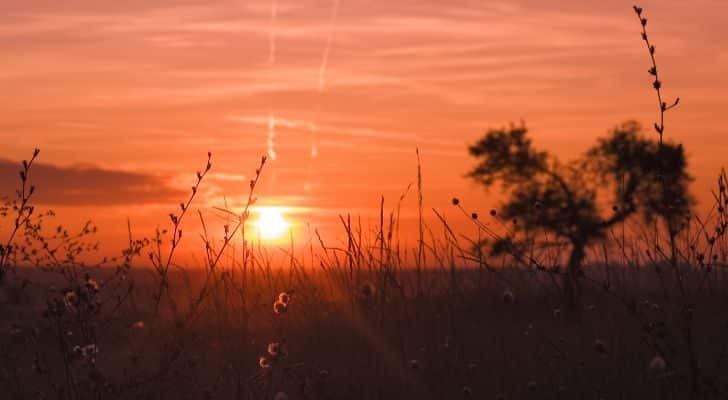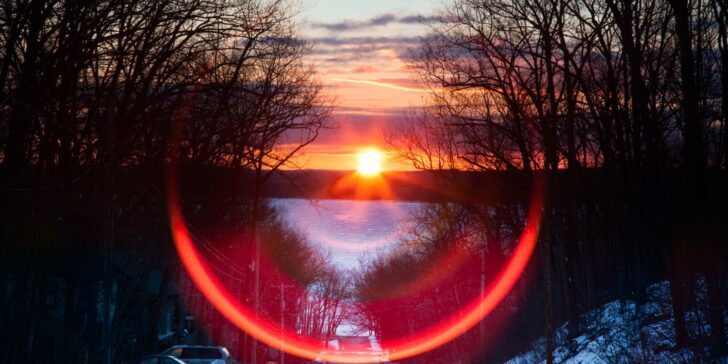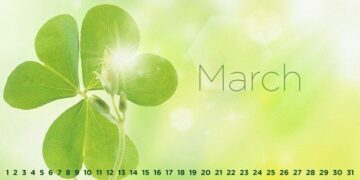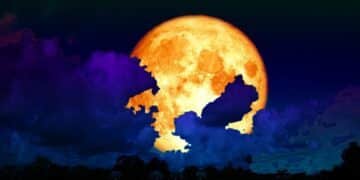With the spring equinox, we welcome the first day of spring. But there’s so much more to it than that!
From its astronomical significance to its cultural celebrations around the world, the spring equinox is much more than just a date on the calendar.
So, stick around as we dive deeper into 20 blooming facts about the spring equinox!
The spring equinox is also known as the vernal equinox since the term “vernal” comes from the Latin word vernalis, an adjective relating to spring.
The spring equinox usually occurs on March 20 to 21 in the Northern Hemisphere. However, different countries experience this phenomenon earlier than the usual dates due to differences in time zones.
Countries located in the Southern Hemisphere (such as Australia, Brazil, and New Zealand) experience the spring equinox around September 22 to 23.
There’s a public holiday in Japan called Shunbun no Hi, or Vernal Equinox Day, which started in 1948. Whether it’s celebrated on the 20th or 21st of March is decided in February of the previous year according to astronomical calculations.
In astrology, the spring equinox marks the start of the Aries season. Astrologers claim this astrological event will provide different things based on your zodiac sign. For example, with the arrival of spring, Tauruses are advised to ponder more about someone or something they’re pursuing.
Meanwhile, in the world of spirituality, the spring equinox is depicted as a symbol of renewal, helping us leave the past behind, start over, and focus on the present moment!
While the word “equinox” means “equal night,” the day and night during the equinox aren’t exactly equal. The point when days and nights are truly equal is the equilux (“equal light”), which actually happens before the spring equinox.
In China, the spring equinox is known as Chunfen, the fourth of the Country’s 24 solar terms. However, Chinese people have alternative names for this astronomical event, such as Shunbun, Chunbun, and Xuân phân.
Nowruz, also known as the Persian New Year, is celebrated on the spring equinox. It lasts for 13 days and is based on the Hijri Calendar. Some examples of countries that celebrate this new year are Iran, Afghanistan, India, and Turkey.
Christians celebrate Easter, one of their most significant religious holidays, on the first Sunday after the occurrence of a full moon after the spring equinox – it can happen between March 22 and April 25!
A full moon often happens a few days (or even weeks) after the spring equinox. But, in 2019, a rare occurrence happened as the full moon appeared only a few hours after it!
Hindu countries, such as India and Nepal, celebrate Holi, which often takes place on the day of the first full moon before the spring equinox. It’s one of their biggest and most-anticipated festivals, and people fill the streets with singing, dancing, and throwing colorful powders!
The spring equinox isn’t a day but a singular point in time! For example, in the UTC time zone, the spring equinox for 2024 was on March 20 at 3:06 am.
Some modern-day druids and pagans in England celebrate the spring equinox, or Ostara as they call it, by making a pilgrimage to watch the sunrise at Stonehenge.
According to spiritualists and crystal healers, certain crystals are ideal to use during the spring equinox. Some examples are sunstone and chrysocolla. The former is about amplifying self-worth, while the latter is more about letting go of the past.
In 2009, NASA’s robotic spacecraft Cassini captured an image of a spring equinox on Saturn. The striking picture, made of a mosaic of images, took eight hours to capture.
Legend has it that eggs are easier to balance during the spring equinox due to the Earth‘s positioning in relation to the Sun. This is why egg-balancing games are often played around March 20 to 21!
Speaking of eggs, Zenica, a city in Bosnia and Herzegovina, celebrates the spring equinox by cooking thousands of dishes of cimbur (basically scrambled eggs with onions). They refer to this day as Cimburijada or the “Festival of Scrambled Eggs.”
Chichén Itzá, Mexico’s iconic Mayan ruins, has a pyramid called Kukulkan that shows a fascinating display of light and shadow resembling a descending snake on the pyramid steps during the spring (and fall) equinox!
Currently, the spring equinox occurs when the sun is in the direction of the constellation Pisces. However, this changes through time due to the Earth’s precession, a slow rotation of its axis over time.

The spring equinox isn’t just the start of a new season. For many people, it’s also a time of new beginnings!
This explains why lots of people worldwide celebrate the astronomical event. Some even go the extra mile, celebrating the spring equinox by traveling to numerous historical places.
So, how about you? How will you celebrate this spring equinox? Maybe now’s the time to celebrate it in a different way!


















